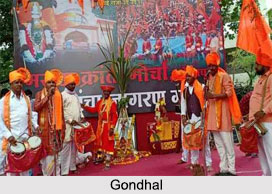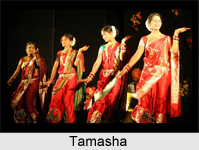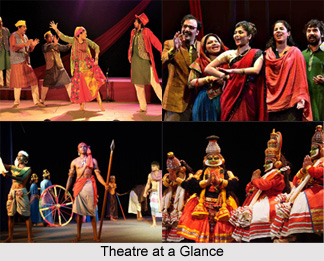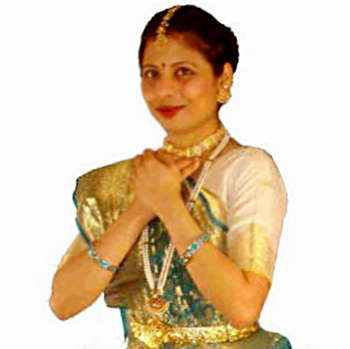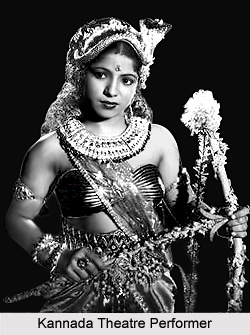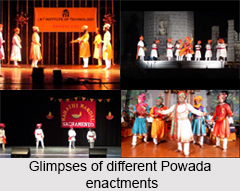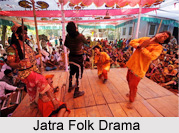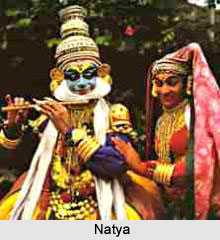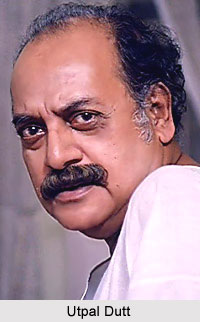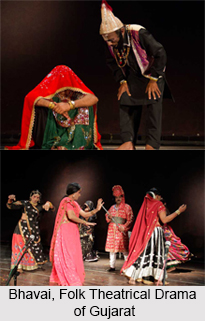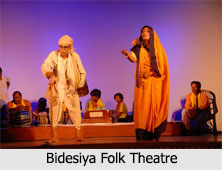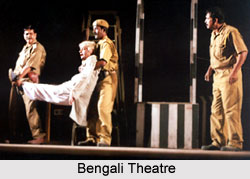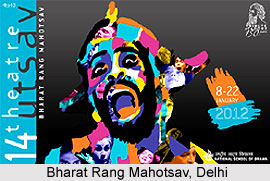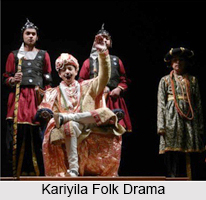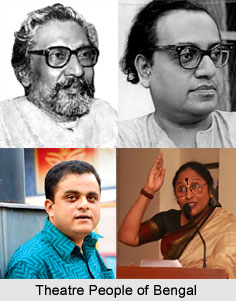Time of performance is a vital factor in Indian theatre. According to the Natyashastra, the plays were performed in the morning, afternoon and in the first and fourth part of the night. That which is pleasing to the ear and which speaks about religion, which is pure or mixed should be represented in the morning. The play which is magnificent, full of sattva qualities and involves sounds of musical instruments should be represented in the afternoon. That in which the kaisiki style is employed and in which the erotic sentiment predominates and which is full of vocal and instrumental music should be represented in the first part of the night. The one which is full of important events and in which the pathetic sentiment predominates should be represented in the fourth part of the night. Plays were not allowed to be presented at midnight, midday and at dinner time but if the king gave orders; plays could be staged without restrictions of time and space.
The time of the performance is not in many cases stated, but in some plays such as the Malatimadhava and the Karnasundari it is found that it is assumed to be the time when the sun is rising. In most cases, dramatic performances were held generally in the afternoon and it used to take place for nearly four or five hours. From the evidence of the Natyashastra and plays in general it is apparent that plays were performed in daytime and when the moon was rising. While scenic effect could be very easily produced at night, it is interesting to find how such effect was produced by day also. Keeping in mind the occasions for the performances of drama, plays were generally enacted at annual fairs in temples, at the pleasure of the poet`s patron and at festivals rural or urban, public or private. On these occasions, except the dramas which were played at the pleasure of the poet`s patron or king, it was generally holidays when people used to gather to witness plays by day. Reflections of mirrors might have been used just as lights were used at night. Sanskrit dramas had critical audience as is clear from many preludes of dramas.
There was a time-limit for a play. The Sanskrit play was to be finished in a fixed time. From the testimony of the Natyashastra, it is evident that a play was judged by a critic {prasnika) from the point of view of the accuracy of timing (nadikasiddhi) since the time when the jarjara was placed in a dramatic performance by the manager or the sutradhara.
